We may earn money or products from the companies mentioned in this post. This means if you click on the link and purchase the item, I will receive a small commission at no extra cost to you … you’re just helping re-supply our family’s travel fund.
American firearms history lives in workshops, parade grounds, mills, and training fields where neighbors still trade stories. In these places, curators and range volunteers speak plainly about craft and context. Tools sit beside diaries, and demonstrations explain metallurgy, powder, and care without theatrics. The conversation often widens to labor, supply chains, and the ways communities changed as technology advanced. What endures is not noise but memory. Respectful visitors find careful teaching, clear safety, and a steadier understanding.
Springfield Armory National Historic Site, Massachusetts
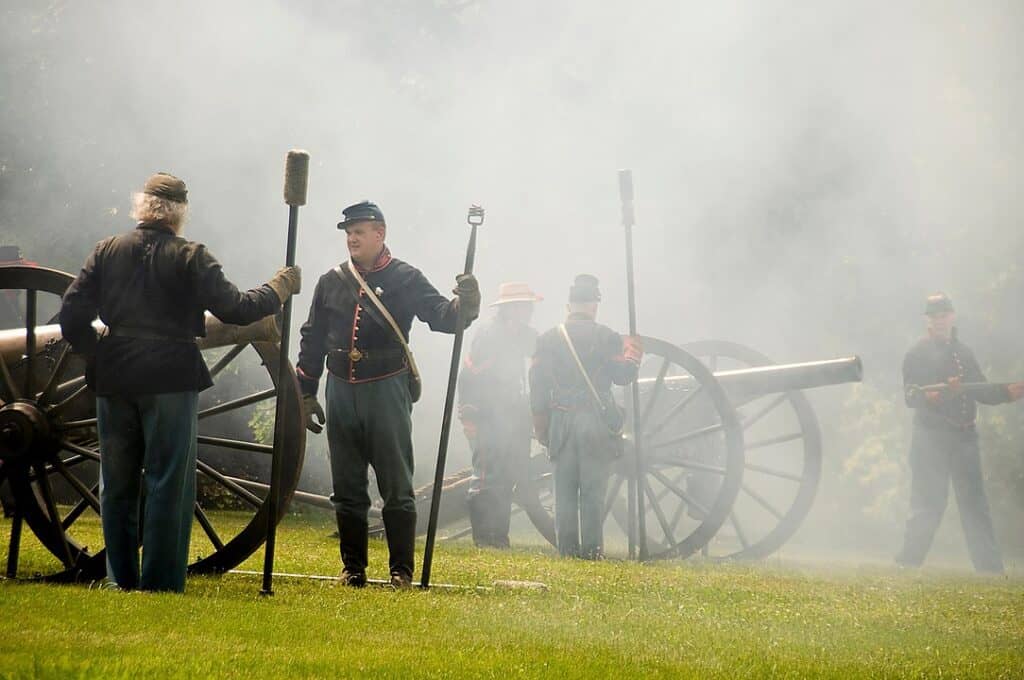
Brick mills and long galleries trace the leap from flintlock craft to machine made precision. Park rangers and local historians connect design breakthroughs to workers’ lives, showing how gauges, jigs, and interchangeable parts traveled into every industry. Demonstrations focus on safe handling, maintenance, and inspection standards that shaped modern logistics. The collection’s breadth makes debate possible without drama. Factory whistles are long gone, yet the habits they established still organize production across the country.
Cody Firearms Museum, Wyoming
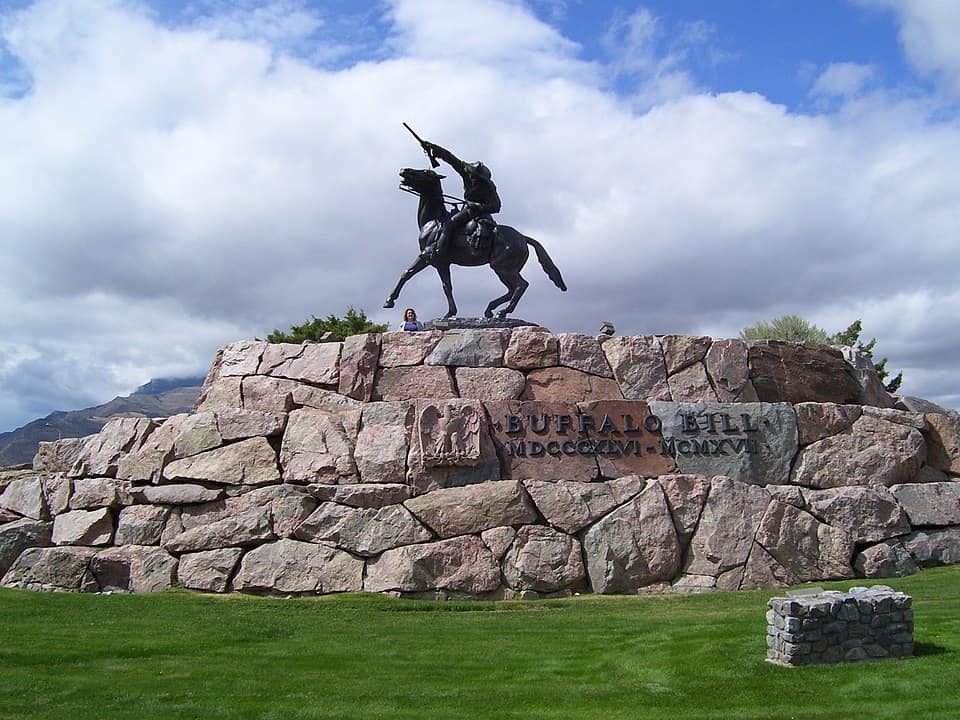
Inside the Buffalo Bill Center of the West, this museum gathers frontier pieces, sporting rifles, military arms, and unexpected prototypes into a single conversation. Docents from the region anchor exhibits with ranch stories and shop floor detail. Panels explore context with care, from treaties and trade routes to machining tolerances and patent fights. The result is balanced and specific. A visitor does not leave with hot takes but with timelines, materials knowledge, and a clearer sense of purpose and impact.
Harpers Ferry National Historical Park, West Virginia
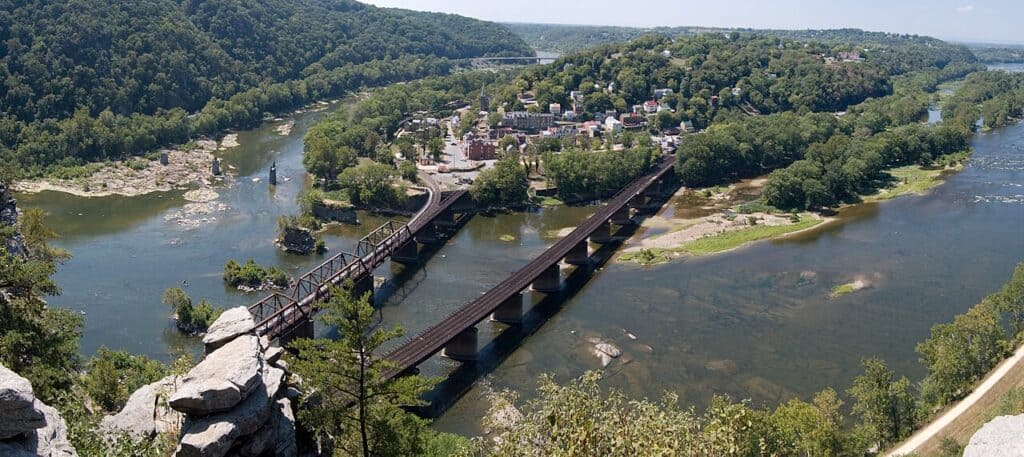
River confluence, armory ruins, and town streets create a layered classroom. Interpreters weave manufacturing processes with abolition, rail expansion, and the 1859 raid, refusing to simplify hard history. Surviving tools and patterns explain how interchangeable parts matured here, then spread outward. Walks climb from workshops to overlooks that hold the big picture in view. The teaching method is steady and local. People who lived and worked in the valley become the lens, not a footnote.
Colonial Williamsburg Musket Programs, Virginia
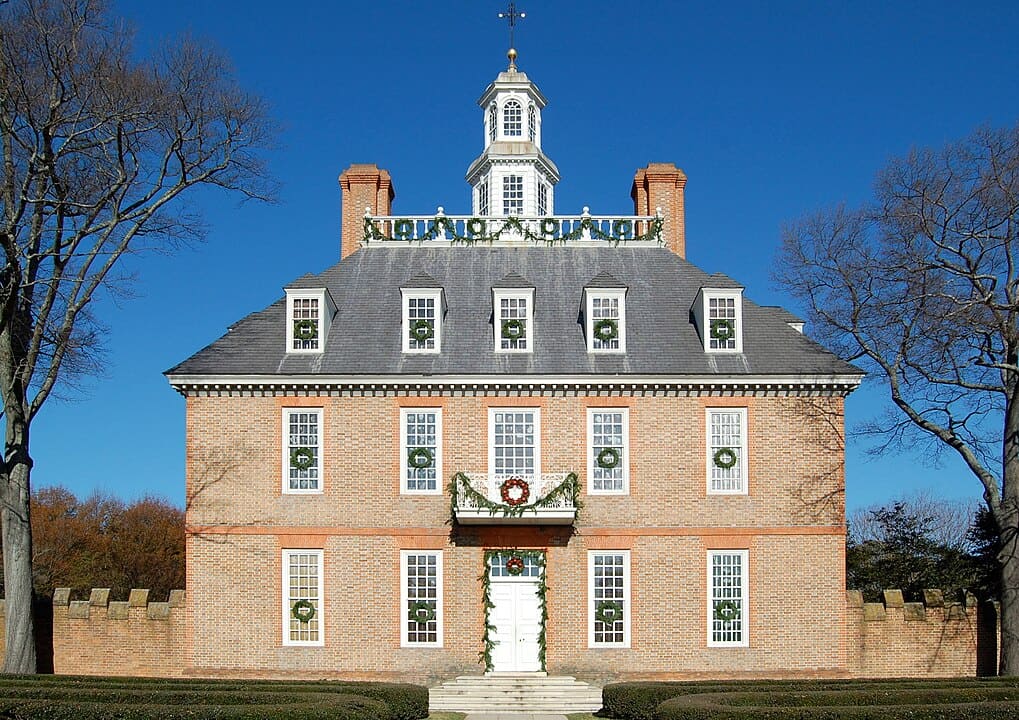
Black powder demonstrations focus on routine and safety first, then technique and drill. Artisans and military interpreters talk about supply, smelting, and the relentless maintenance that kept weapons serviceable. The sound and smoke frame a larger lesson about logistics, discipline, and community roles during conflict. Between firings, exhibits show bayonets, cartridge boxes, and repairs done on the fly. Streets nearby remain quiet and walkable, which keeps the history close to ordinary life rather than spectacle.
NRA Whittington Center and Museum, New Mexico
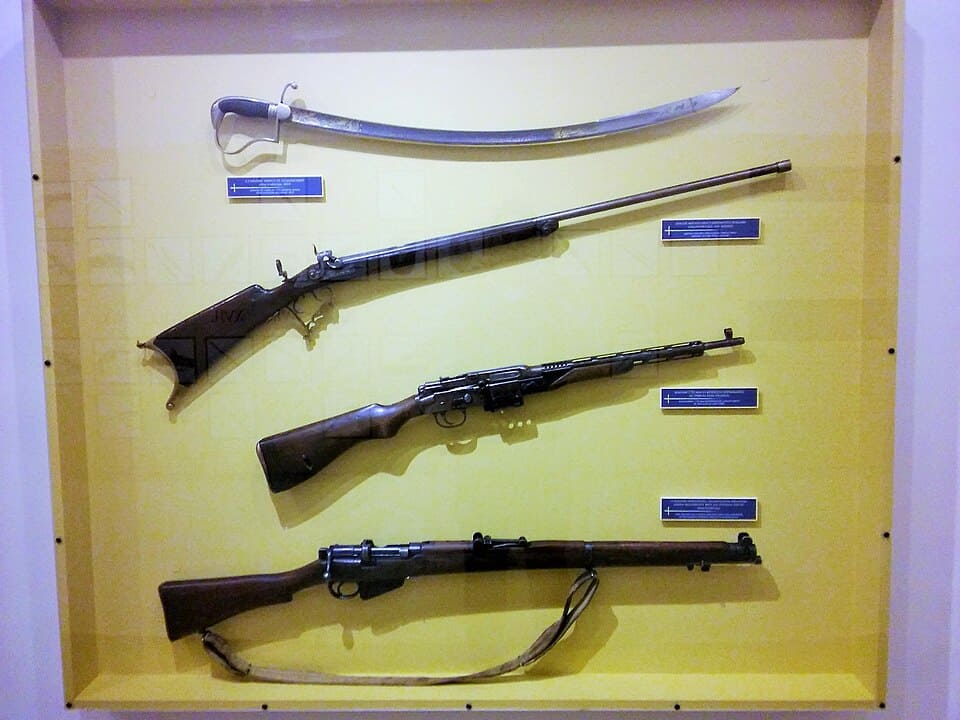
North of Raton, the Whittington Center pairs a sweeping high desert landscape with a museum that documents sporting arms, hunting culture, and regional craft. Range staff and volunteers emphasize protocols, environmental awareness, and respectful field traditions. The museum leans into materials, optics, stock design, and the incremental changes that improved reliability. Programs attract families and retirees from nearby towns, so the conversation stays grounded. The setting under big sky light helps the lessons breathe.
National Muzzle Loading Rifle Association, Friendship, Indiana
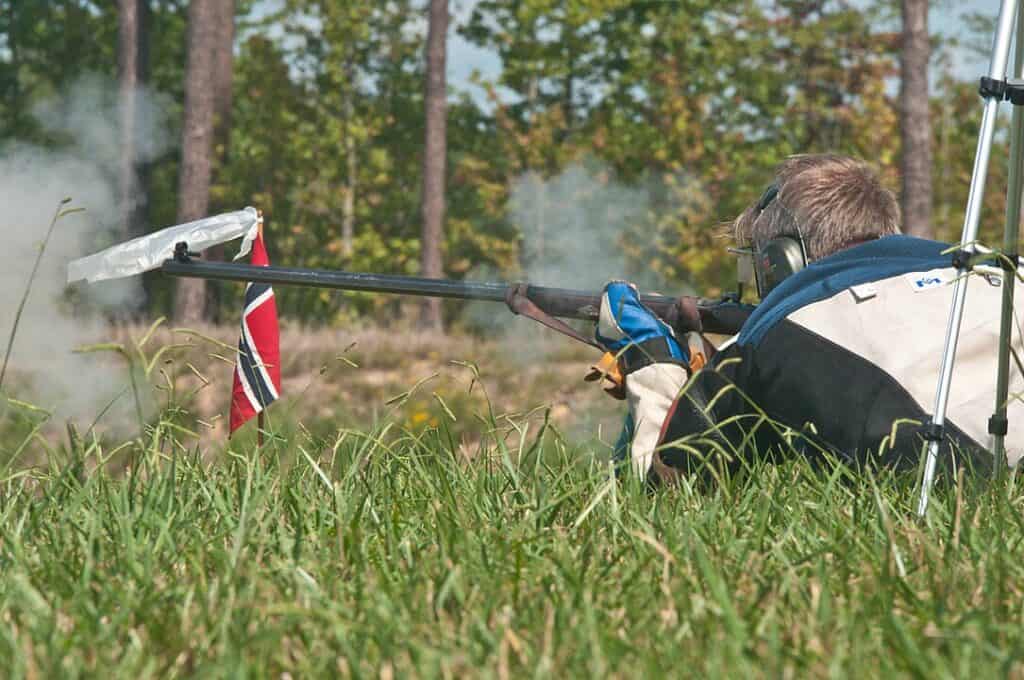
At Friendship, heritage shoots, a small museum, and vendor rows turn muzzleloading into living practice. Local club members explain casting, patching, and the social structure that grew around matches and rendezvous. Safety officers keep a calm, methodical pace, while storytellers bring forward frontier commerce and the slow art of accuracy. The tone is patient and communal. Skills move between generations on the firing line and at cookfires, with history presented as work shared across time.
Fort Laramie National Historic Site, Wyoming
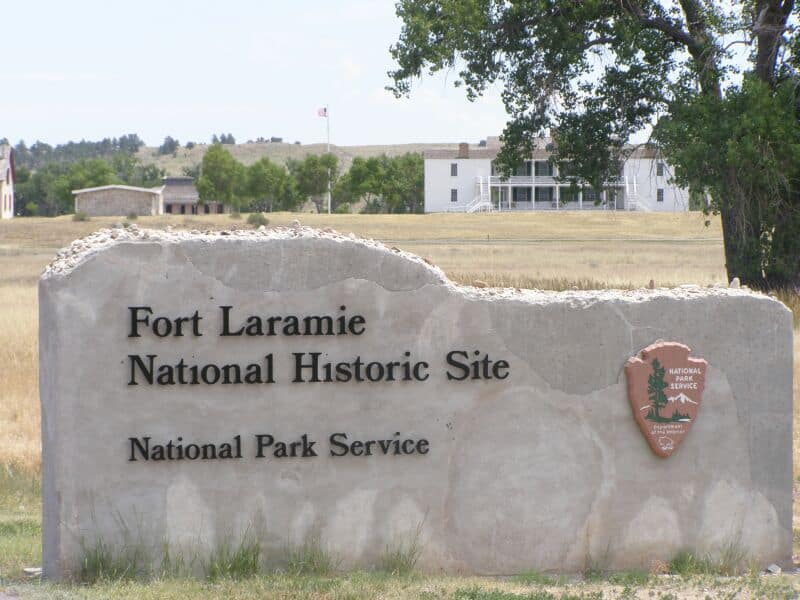
Adobe and stone buildings hold mail, military, and migration stories that reshaped the West. Living history programs cover drill, supply, and the daily realities of frontier posts. When period arms appear, staff stress inspection, storage, and command rules that governed use. The fort’s quiet lawns and cottonwoods keep the mood reflective. Local volunteers add detail about ranch work and trade that continued after the flags came down. History here feels inhabited rather than staged.
Fort Vancouver National Historic Site, Washington
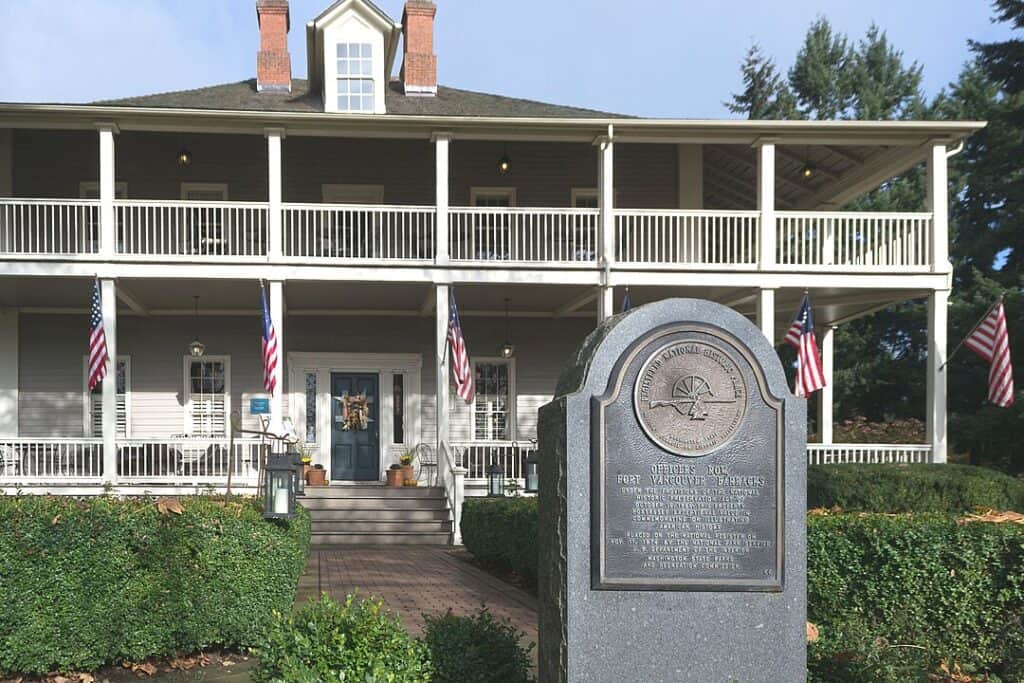
On the Columbia, this post explains a company town with global reach. Interpreters show how armory shops supported fur, agriculture, and shipping, linking small repairs to far flung contracts. Black powder sessions, when scheduled, emphasize discipline and material sourcing while keeping the frame on community labor. The site’s gardens, bakehouse, and carpentry sheds keep the story in balance. Firearms become one tool among many that sustained a diverse settlement on a busy river.
Texas Ranger Hall of Fame and Museum, Texas
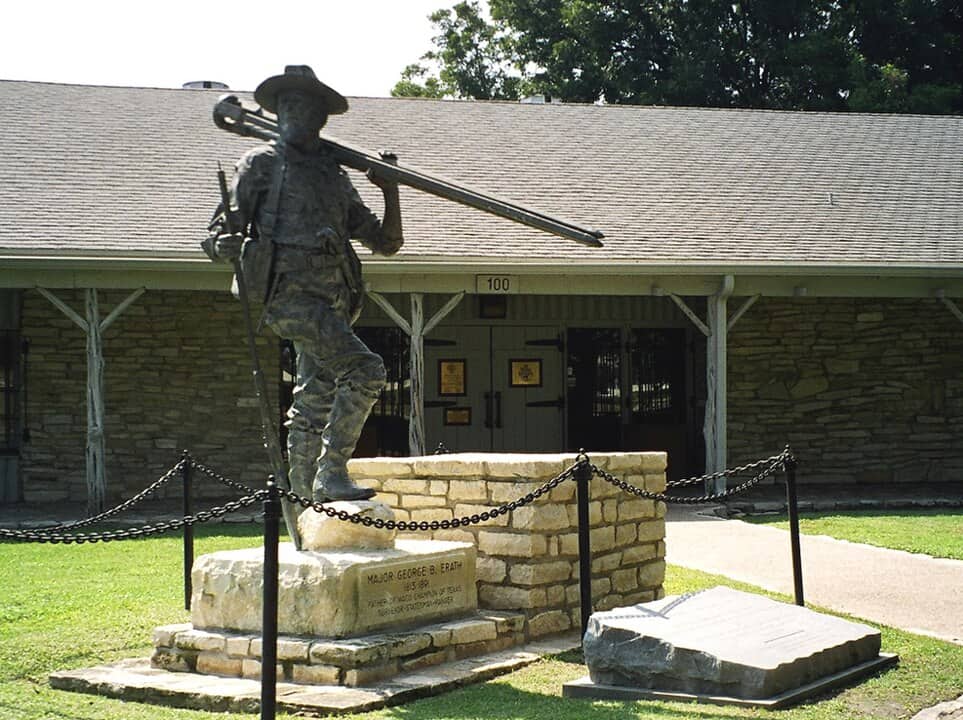
Waco’s museum sets badges and sidearms beside case files, maps, and public debates about law and reform. Retired officers and local historians give context without swagger, treating equipment as part of a larger accountability story. Exhibits follow changes in training, record keeping, and standards of force. The tone avoids myth in favor of documentation. By the exit, the emphasis lands on procedure, evidence, and the community scrutiny that shapes every era of policing.
Ben Avery Shooting Facility, Arizona
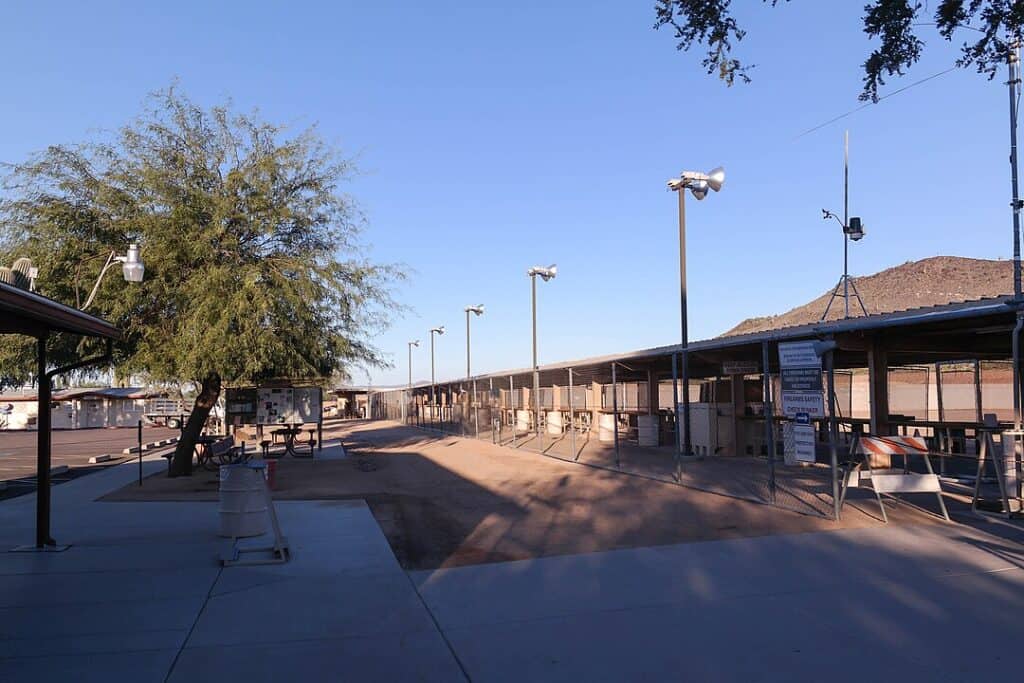
North of Phoenix, this state run complex hosts heritage weekends, archery tournaments, and marksmanship programs that stress calm, repeatable steps. Range safety officers, many from nearby communities, coach with patience and clear rules. Demonstrations and club days connect equipment choices to desert conditions and wildlife stewardship. The facility’s scale allows organized events to stay orderly and inclusive. The stereotype of volume fades, replaced by measured routines and a line culture built on courtesy.
Autry Museum of the American West, California
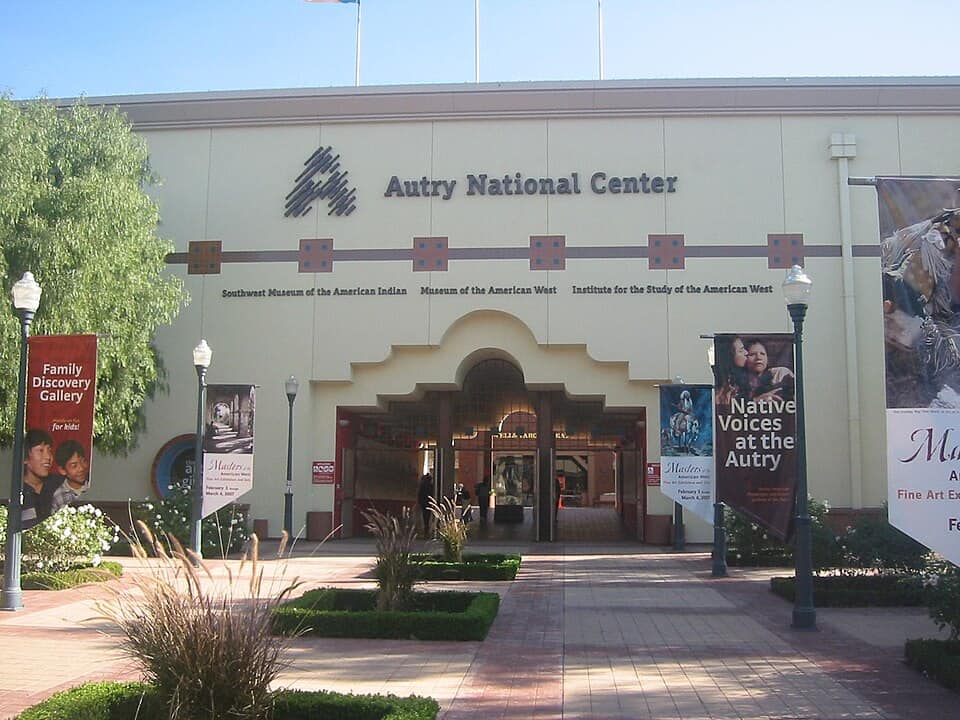
In Los Angeles, the Autry uses firearms to open conversations about craft, cinema, and identity. Curators pair revolvers and rifles with beadwork, film posters, and oral histories from Black, Latino, and Native communities. Workshops bring in conservators who discuss metallurgy and storage, turning maintenance into a cultural subject. The galleries prefer nuance to slogans, and docents invite questions about what stories were told, what was skipped, and how collections can correct the record with care.
Other Blog Posts You Might Enjoy
www.idyllicpursuit.com (Article Sourced Website)
#U.S #Heritage #Museums #Outdoor #Ranges #Locals #Firearms #History #Author #Kathy #Haan
